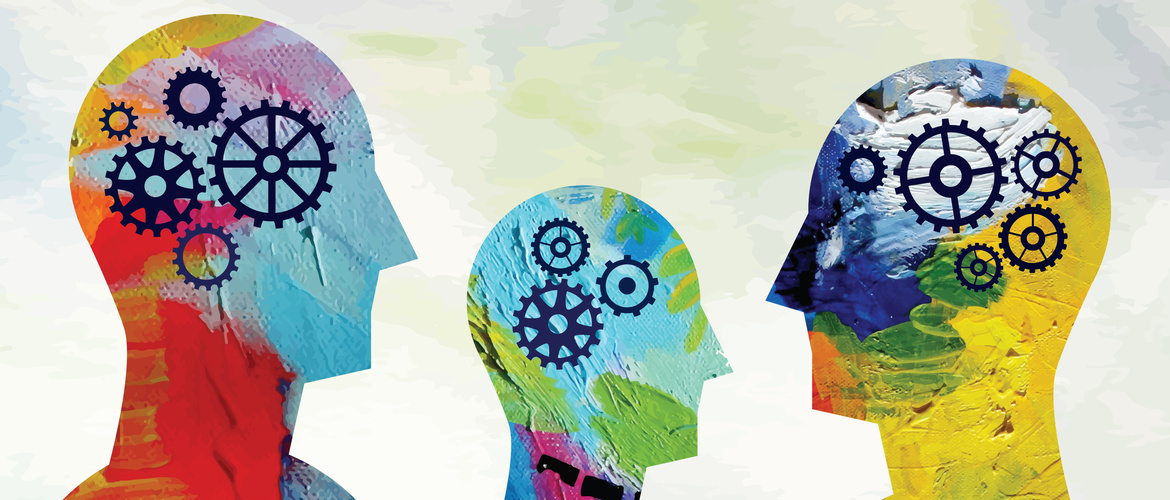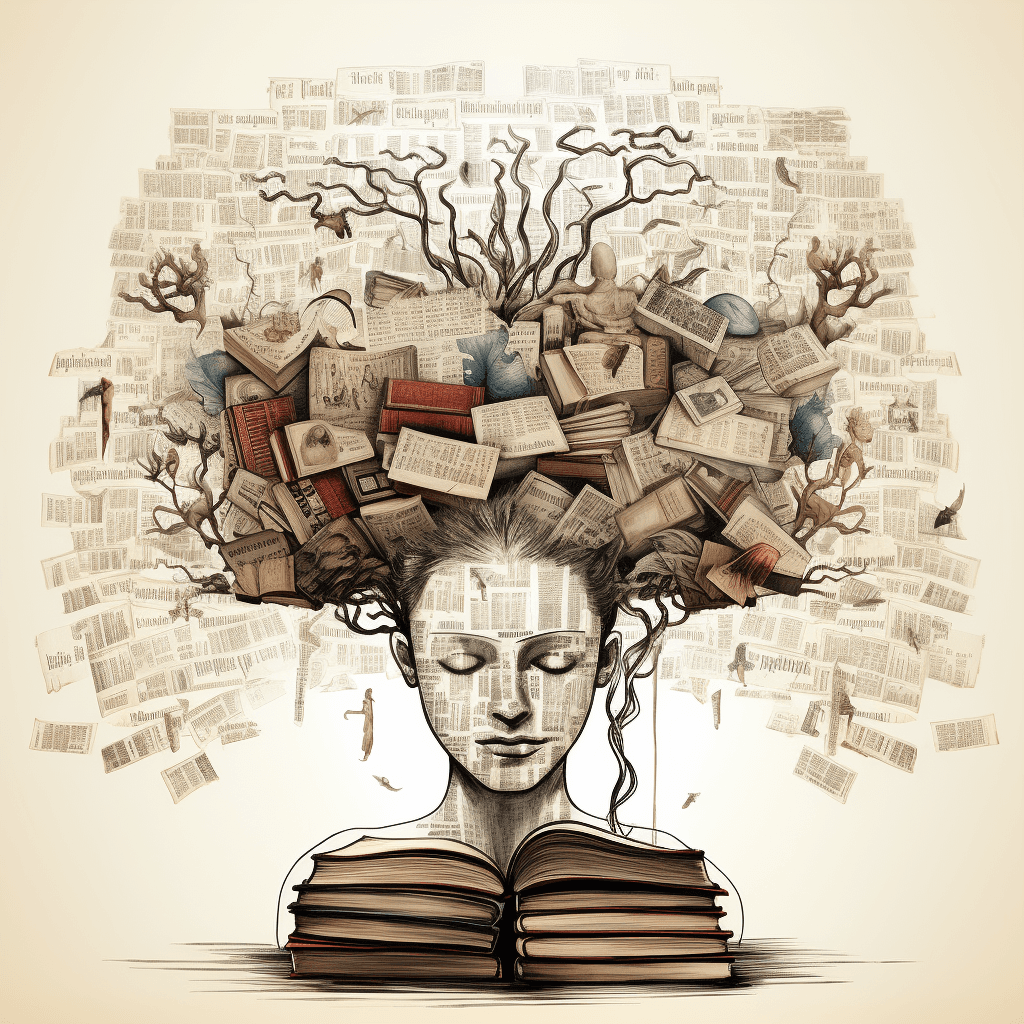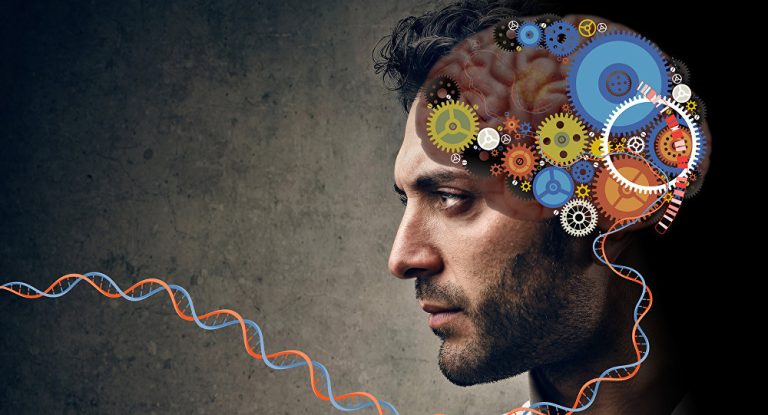Understanding Mental Disorders: A Closer Look at Mental Health
Mental health is an integral part of overall well-being, yet it often doesn't get the attention it deserves. Mental disorders, sometimes referred to as mental illnesses, are conditions that affect a person’s thinking, mood, behavior, and ability to relate to others or function in daily life. These disorders can vary in intensity and duration, affecting individuals in different ways. Understanding mental disorders is essential not only for those who live with them but also for society as a whole to foster empathy, provide support, and reduce stigma.
What Are Mental Disorders?
Mental disorders are defined as health conditions that involve significant changes in thinking, emotion, or behavior (or a combination of these). They are associated with distress and/or problems functioning in social, work, or family activities. While everyone experiences moments of stress, sadness, or anxiety, mental disorders go beyond these temporary feelings, significantly interfering with one’s ability to cope with life.
 |
| Mental Health Disorders |
There are various types of mental disorders, and they are often categorized based on their symptoms and underlying causes. Here’s a closer look at some of the most common categories:
1. Anxiety Disorders
Anxiety disorders are among the most common mental health issues globally. They involve excessive fear or anxiety that is often disproportionate to the situation at hand. Anxiety disorders include:
 |
| Mental Health Disorders |
- Generalized Anxiety Disorder (GAD): Characterized by chronic and exaggerated worry about various aspects of life.
- Panic Disorder: Involves sudden and repeated panic attacks, intense episodes of fear that trigger physical symptoms such as a racing heart or shortness of breath.
- Social Anxiety Disorder: A severe fear of social situations, leading to avoidance of interactions or extreme discomfort during them.
- Phobias: Intense fears of specific objects or situations, such as heights, spiders, or flying.
2. Mood Disorders
Mood disorders, also known as affective disorders, primarily involve disturbances in a person’s emotional state. The most common mood disorders include:
 |
| Mental Health Disorders |
- Depression: A pervasive feeling of sadness, loss of interest, and fatigue, often accompanied by feelings of hopelessness and worthlessness. Clinical depression can significantly impair daily functioning.
- Bipolar Disorder: A condition characterized by extreme mood swings, with episodes of mania (high energy, euphoria) followed by periods of depression.
3. Personality Disorders
Personality disorders involve patterns of behavior, cognition, and inner experience that deviate significantly from cultural expectations. These patterns are often inflexible and can cause distress or impairments in personal, social, and occupational functioning. Common personality disorders include:
- Borderline Personality Disorder (BPD): Characterized by unstable moods, relationships, and a poor sense of self. People with BPD may experience intense emotional swings, fear of abandonment, and impulsive behaviors.
- Antisocial Personality Disorder (ASPD): Marked by a disregard for the rights of others, deceitfulness, impulsivity, and often criminal behavior.
4. Eating Disorders
Eating disorders involve severe disturbances in eating behaviors and preoccupation with food, weight, and body image. Common eating disorders include:
- Anorexia Nervosa: A condition where individuals restrict food intake to the point of starvation, often due to an intense fear of gaining weight.
- Bulimia Nervosa: Involves cycles of binge eating followed by compensatory behaviors such as vomiting or excessive exercise to prevent weight gain.
- Binge Eating Disorder: Characterized by recurrent episodes of eating large amounts of food in a short time without purging, leading to feelings of guilt or shame.
5. Psychotic Disorders
Psychotic disorders involve distorted thinking and awareness, where individuals may lose touch with reality. The most well-known psychotic disorder is:
- Schizophrenia: Characterized by symptoms such as hallucinations (seeing or hearing things that aren’t there), delusions (false beliefs), disorganized thinking, and impaired functioning.
6. Obsessive-Compulsive Disorder (OCD)
OCD is a condition where individuals experience intrusive, unwanted thoughts (obsessions) that cause significant anxiety. To reduce this anxiety, they may engage in repetitive behaviors or rituals (compulsions). For instance, a person with OCD may wash their hands excessively due to an irrational fear of germs.
7. Post-Traumatic Stress Disorder (PTSD)
Mental Health Disorders
PTSD can develop after an individual has experienced or witnessed a traumatic event, such as a natural disaster, serious accident, war, or physical assault. Symptoms include flashbacks, nightmares, severe anxiety, and uncontrollable thoughts about the event.
Stigma and Mental Health
 |
| Mental Health Disorders |
One of the biggest challenges surrounding mental disorders is the stigma associated with them. Many people hesitate to seek help due to fear of judgment, social isolation, or being labeled "weak." This stigma can exacerbate the disorder by delaying diagnosis and treatment. It’s crucial to address mental health issues with the same seriousness as physical health and to encourage open conversations about these conditions.
Treatment and Support
Most mental disorders are treatable through a combination of therapy, medication, and lifestyle changes. Psychotherapy, or talk therapy, can help individuals understand their thoughts and behaviors, while medication can manage symptoms. Support systems—such as family, friends, and mental health professionals—play a key role in helping those with mental disorders navigate their conditions.
 |
| Mental Health Disorders |
Mental disorders affect millions of people worldwide, and they come in various forms. Understanding and recognizing these conditions is the first step toward supporting those who struggle with them. Early intervention, ongoing support, and removing the stigma associated with mental health are essential to improving the quality of life for individuals with mental disorders. Everyone deserves access to care and compassion when it comes to mental health.





Comments
Post a Comment